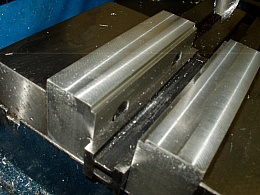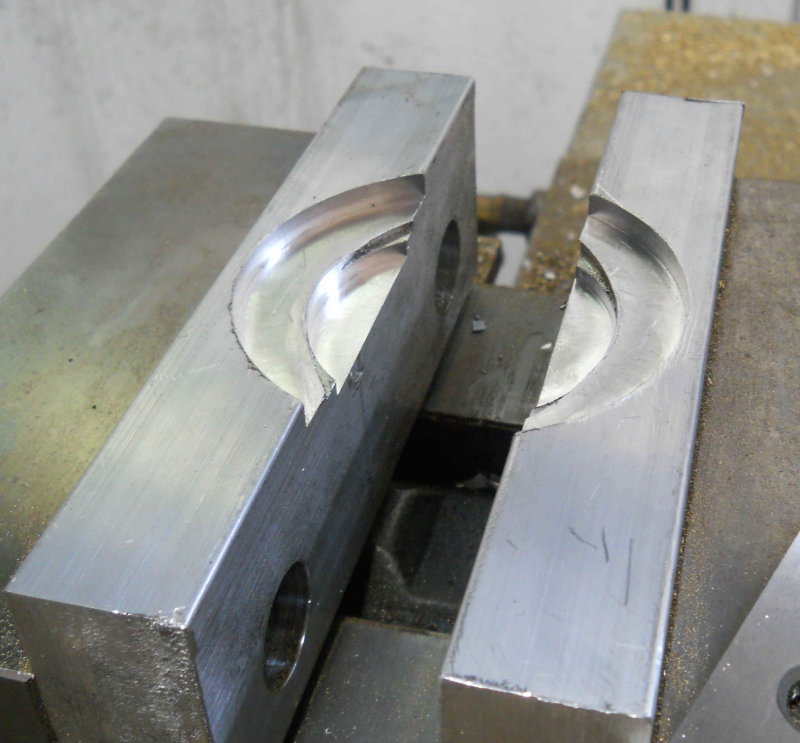Hi All,
I have this mill vise that I find very useful if I have to drill at an angle, it save me the troubleof angling the mill head.
But the problem with this vise is that the bottom whichshould be flat so that one can put parallels does stop short from the first jawby 8 or 10mm, [ photo ] which produce a concave channel.
Is this has a reason to be so? and any ideas how to overcomethe parallels problem?
Thank you for any advice.
Regards
Alfred.

I have this mill vise that I find very useful if I have to drill at an angle, it save me the troubleof angling the mill head.
But the problem with this vise is that the bottom whichshould be flat so that one can put parallels does stop short from the first jawby 8 or 10mm, [ photo ] which produce a concave channel.
Is this has a reason to be so? and any ideas how to overcomethe parallels problem?
Thank you for any advice.
Regards
Alfred.







